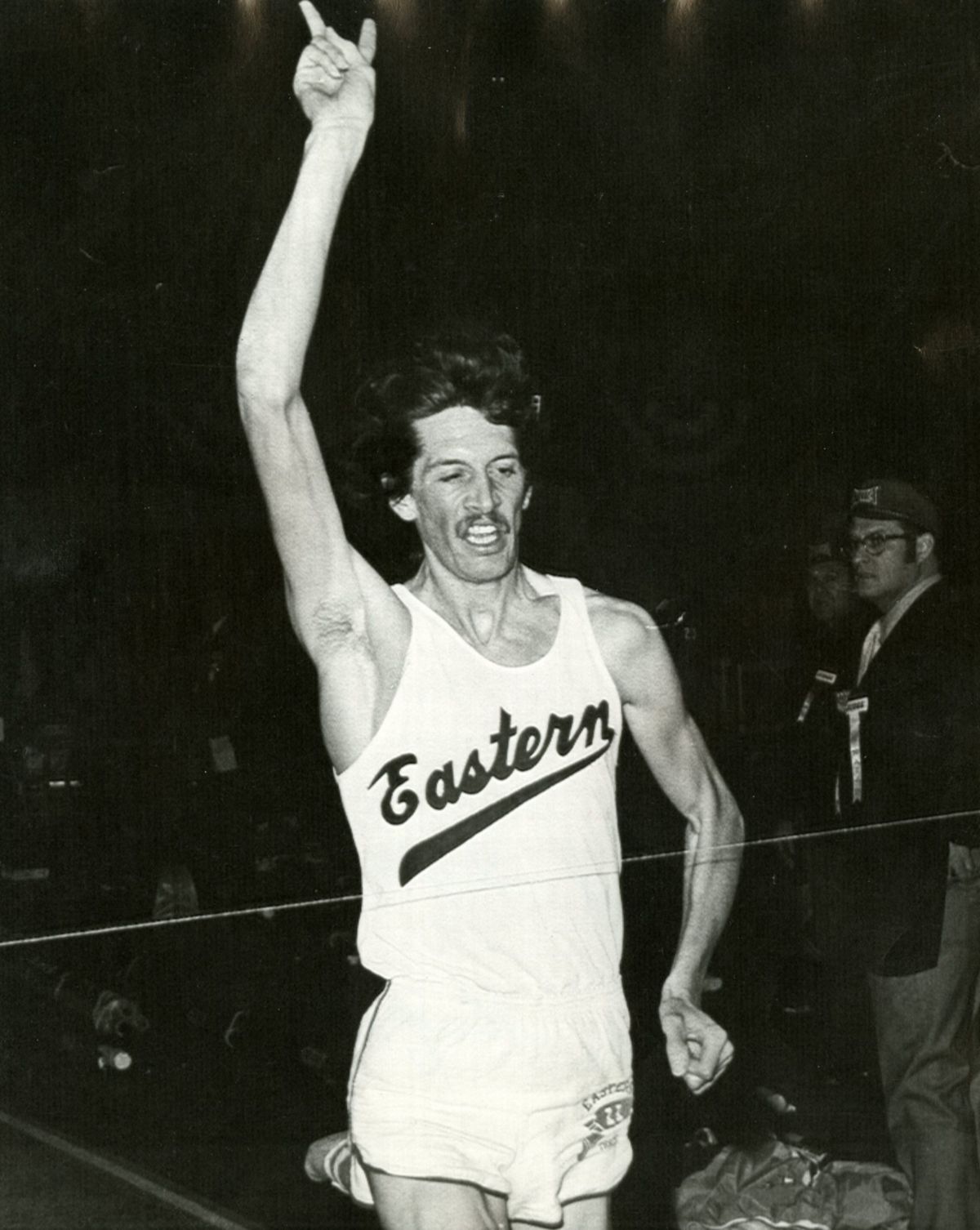Revived talent-rich Spokane Summer Games tailored for fans’ enjoyment

Bob Maplestone had covered three laps and, hearing the timer call out, “3-oh-1, 3-oh-2,” thought to himself, “I’m going to do it today.”
He had run under 4 minutes for the mile before – once in winning one of his NAIA championships for Eastern Washington. He’d narrowly missed on another occasion at the Drake Relays, but consoled himself with a victory over the great Jim Ryun – though when a reporter phoned Maplestone’s wife with the news, any cheerleader instincts gave way to bafflement.
“Didn’t Ryun run?” she asked.
But as his competitive days segued into a teaching and coaching career, Maplestone hadn’t dipped under 4 in four years when he toed the line for the mile at the 1977 Pelluer Invitational on his old home track. His confidence surged as he accelerated through the first 220 yards of the last lap and into the final curve.
“And then I ran into the wind,” he remembered. “By the last 50 yards, I was going so slow that I felt if I fell down and crawled it would be quicker.”
He reached the finish in 4:01.4 – still the fastest mile ever run in Spokane County.
That’s right. In the 60 years since Roger Bannister shattered the most iconic barrier in sports, more than 1,300 others – including 423 Americans – have followed his lead.
And none of them has ever done it right here.
So maybe you’ll see some history next Saturday evening if you swing by Spokane Falls Community College for the Spokane Summer Games. A couple of sub-4 milers, former Oregon All-American A.J. Acosta and Oklahoma alum Riley Masters, will take aim at the milestone – and a $3,000 bonus – in the main event of a daring revival 36 years in the remaking.
It’s a brazen concept, all right – track and field in our midst trying to appeal to actual spectators.
To that end, the organizers have rustled up three 18-foot pole vaulters for a high-wire show, and three women who’ve topped 14 feet. The program will be abridged in the European manner – just the 100, 400, 800 and hurdles on the track in addition to the mile, and four field events. No endless heats, no stragglers being lapped.
This is Herm Caviness’ baby, reborn. The Ferris coaching legend launched Spokane’s first significant road race in 1966, won over the years by the likes of Gerry Lindgren, Rick Riley and Don Kardong before Bloomsday was even a gleam in his eye. In 1973, a track meet was added that saw Ugandan Lucas Oloo beat Maplestone in the mile and 1,000 spectators ring the track at Spokane Community College.
But after three of those, Caviness ran out of steam. Two more were staged with the Summer Games name, the last more or less an intrasquad affair for an Australian national team which had been training in Pullman for the Commonwealth Games.
“We’ve produced some great athletes here that, after high school, people in Spokane never got to see run,” Caviness said. “Lindgren and Riley were down in Pullman, but in their prime never ran here.”
The same is true for more recent Olympians like Brad Walker and Annette Peters – though Peters did run off the track in Bloomsday. Scads of other national-caliber local athletes did their best work elsewhere.
Which is not to say there haven’t been great performances here – just take a look at the accompanying all-comers records. There are 15 Olympians listed there, and some marks that are still world class. Alas, the kind of meets that lured them are gone, or like the Pelluer have lost all their juice. And no longer are you likely to see a local phenomenon like Brent Harken high jump 7-8 at an all-ages mixer.
“That’s what we’d like to do – give those kinds of athletes an opportunity to compete and put on an entertaining show,” said Caviness.
For the relaunch, they’ve extended their reach for headliners – like Acosta, whose lifetime best is 3:53.76. Even now, breaking 4 minutes doesn’t just happen, and the fact is Spokane has produced only two honest-to-goodness sub-4 milers – Riley, the 32nd American to do it back in 1970, and Laef Barnes, who did it in 2008 at UCLA.
“I don’t think everyone appreciates how hard it is,” said Kardong. “Lindgren never did it. I got to 4:01.9. It still takes an exceptional athlete and a race that’s paced appropriately – and a little bit of luck.”
It also helps to run it at more than just a few indoor meets. Colleges and high schools have abandoned the distance outdoors (thanks, metric system!). Maplestone’s try in ’77 was the last mile contested at the Pelluer, the area’s longest-running college and open meet.
“The 1,500 (meters) never made sense to me,” said Maplestone – who, as a Welshman, nonetheless grew up with it. “It’s an odd distance. You start at the top of the backstretch. It’s just not romantic.
“The mile, I think, is still magical.”